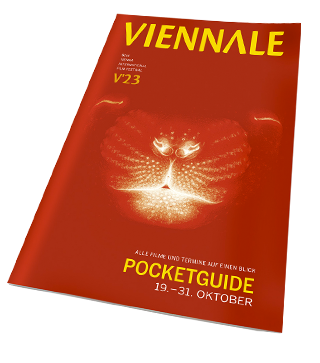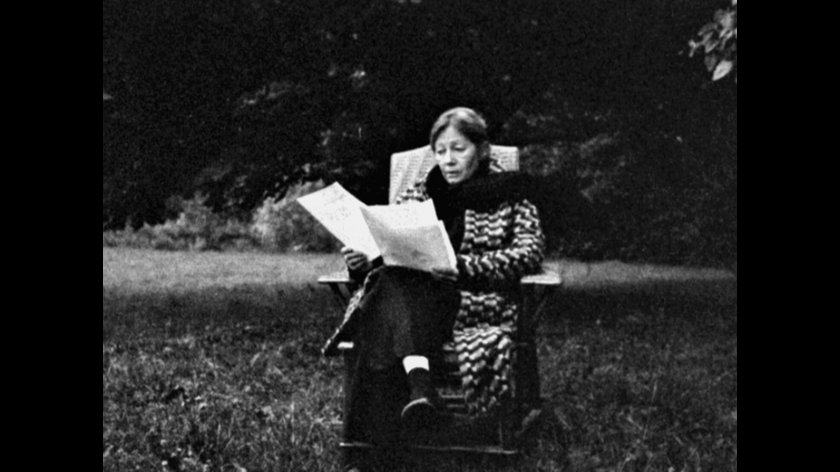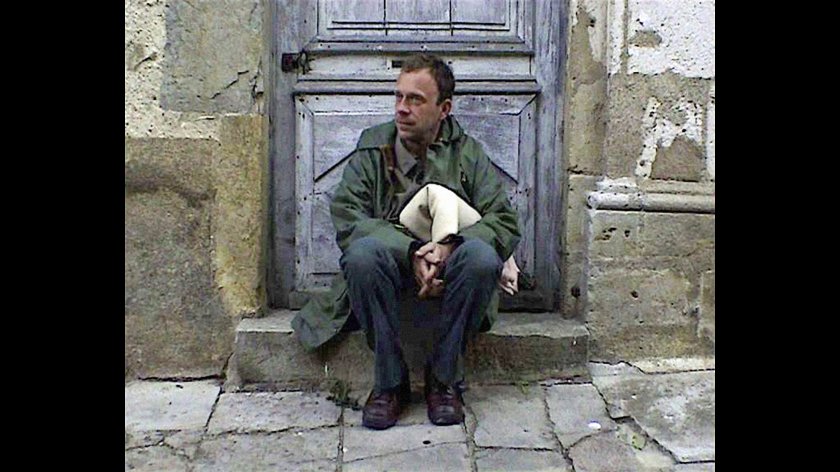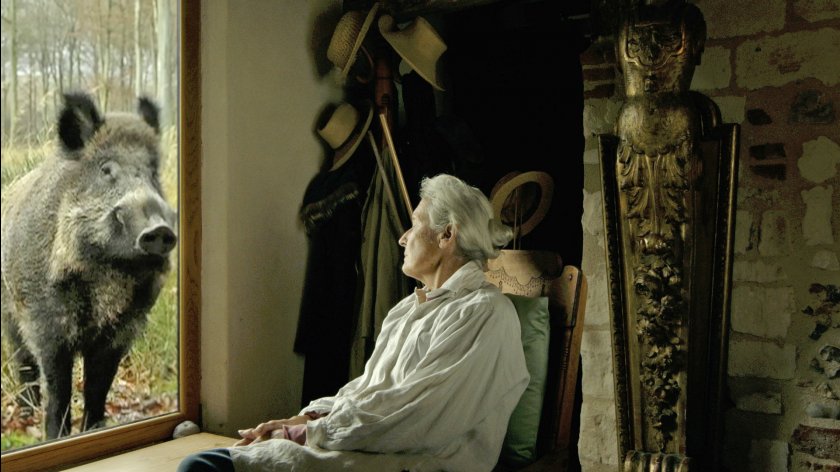Le Vicinal
Wie gewandt und furchtlos der Imker die Waben aus dem Bienenkorb holt! Die Szene von LE VICINAL ist eine kleine Hommage an den Beruf, den Pierre Creton selbst einmal ausübte. Sein Debüt von 1994 versammelt bereits eine Vielzahl der Motive, die ihn fortan umtreiben werden: Natur, Arbeit, die Präsenz der Gedanken in der physischen Welt. Die Pluralität des Begehrens beschäftigt ihn auch in UN DIEU À PEAU DOUCE, einer schwulen Reverie, die wie eine nachträgliche Auskoppelung aus dem zutiefst politischen Hauptfilm LE BEL ÉTÉ anmutet. Creton beschwört eine Atmosphäre aktiven Wohlwollens, die einige aus Afrika Geflüchtete in seiner normannischen Heimat umgibt. Nach der Abwicklung des Flüchtlingslagers in Calais engagiert sich eine Hilfsorganisation für die jungen Männer. Das heitere Einerlei des Lernens, Kultivierens und Entdeckens bestimmt den Alltag dieser Gemeinschaft, bei dem auch ein Bienenkorb nicht fehlen darf. Im Zusammenspiel der Filme, dem Zirkulieren der Namen, Orte und Gefühle, erweist sich Cretons poetische Gabe, mehr sichtbar werden zu lassen, als zu sehen ist.
(Gerhard Midding)
In Anwesenheit von Pierre Creton und Vincent Barré.
Mit LE BEL ÉTÉ (A BEAUTIFUL SUMMER) und UN DIEU À LA PEAU DOUCE (A GOD WITH SOFT SKIN).
Before LE VICINAL, I had made videos at art school in Le Havre – those were filmed performances, very physical, in the spirit of Viennese Actionism. I consider LE VICINAL to be my first film, shot while I lived in Pays de Caux, after art school. It was also my only experience shooting on rolls of film. What I wanted to film was my encounter with Marcel Pilate. It happened one summer when I was still in art school. For the second year in a row, I worked at a grain silo, receiving the barley. It was in this mid-summer boredom that I went looking for a beekeeper in the phone book. I stumbled upon this name: Marcel Pilate; that was really something. I called around noon and he told me to come over. I went that afternoon on my bike, from my parents’ house in Saint-Wandrille, about 10 kilometers away. Marcel Pilate, beekeeper, rue de l’Oiseau bleu. I was dazzled by him, by the beekeeping. I ended up going there the entire summer and once again in September after classes had started again, for the honey extraction process. I did the same the following summer, in 1990. I would work for him, with him, without pay, I was learning. Marcel Pilate was the first hero of my films. Back then, I had no idea about how to write a script. It was a little handwritten booklet with drawings and plans. A topography. This is what I want to convey in this film: the location of the house, of the hive, of the school in the town, but also of a big open dump close to my house, where fires rage, something like a big manure heap.
(Pierre Creton)
In the presence of Pierre Creton and Vincent Barré.
Mit LE BEL ÉTÉ (A BEAUTIFUL SUMMER) und UN DIEU À LA PEAU DOUCE (A GOD WITH SOFT SKIN).
- Pierre Creton
- Jean-Luc L’Huillier
- Jean-Paul Buisson
- Jean-Christophe Leforestier
- Univers Gil-Mena
- Marie Lepallec
- Marie Lepallec
- Marcel Pilate
- Vivien Roger




